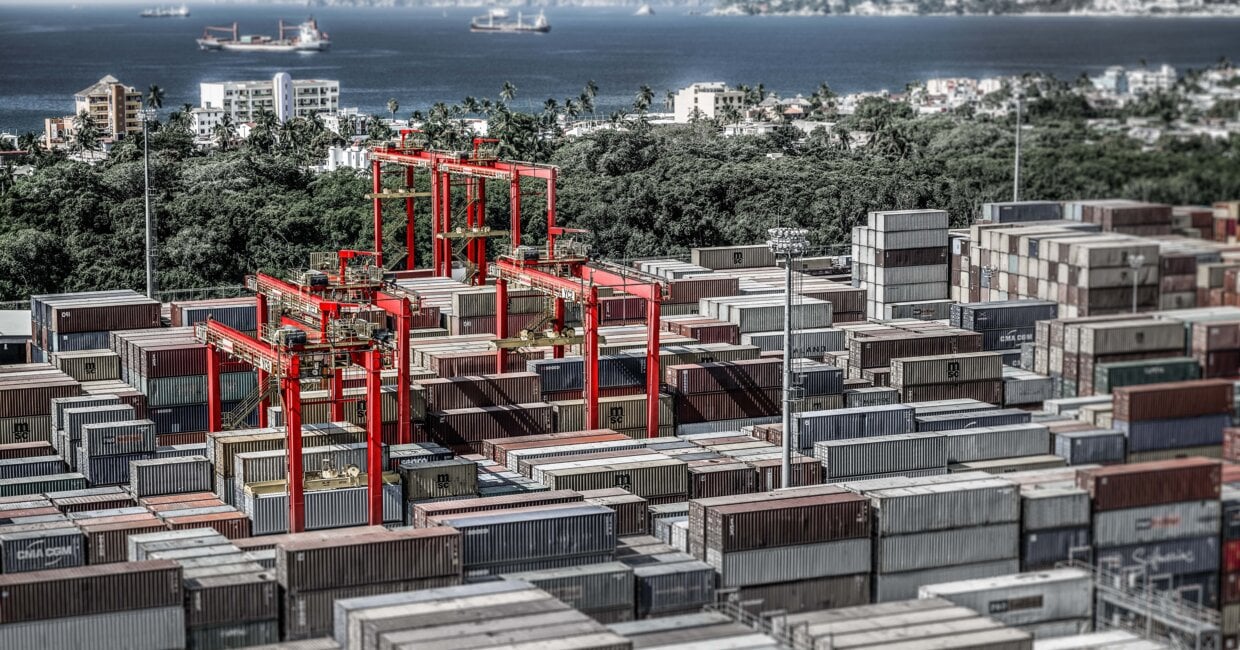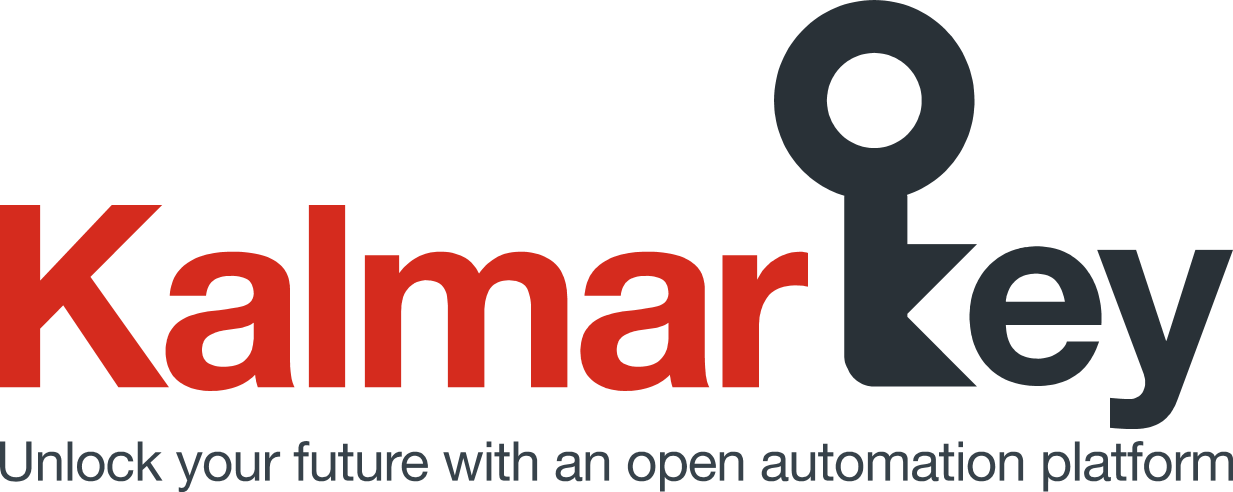
Unlocking an open, transparent future for container terminal automation
Kalmar Key is the terminal industry's first automation platform with open interfaces. As well as speeding up the pace of automation adoption and making its implementation much smoother, Kalmar Key also provides the flexibility that customers need to build complete automation solutions tailored for their business.
 Kalmar Key provides a common system architecture for building end-to-end, customised automation solutions and extending the Kalmar Terminal Logistics System (TLS). With Kalmar Key, customers have complete freedom to choose who they work with, helping them adopt an agile approach to further develop thecapabilities of their equipment and software. Customers, partners and other stakeholders now have access to the first application key, three new platform keys and the Kalmar Key partner forum.
Kalmar Key provides a common system architecture for building end-to-end, customised automation solutions and extending the Kalmar Terminal Logistics System (TLS). With Kalmar Key, customers have complete freedom to choose who they work with, helping them adopt an agile approach to further develop thecapabilities of their equipment and software. Customers, partners and other stakeholders now have access to the first application key, three new platform keys and the Kalmar Key partner forum.
“We believe that Kalmar Key can facilitate a healthy and open dialogue in our industry that will help speed up the pace of automation adoption and smooth the path towards a more intelligent and sustainable future for the terminal industry,” says Timo Lehto, Director Software Development, Kalmar. “Openness is an important theme for Kalmar, and Kalmar Key will play a key role in helping us to achieve true openness and standardisation in the industry. We want to be able to automate any type, brand and model of equipment; we also want to be open to new business concepts from customers and partners, and work closely with them to shape the future of the industry. Furthermore, we want to be as open and transparent in our communications with customers too, to show that we are listening.”
Opening the door to the future of AutoRTG operations
The first Application Key opens up our best-practice model for systems integration in terminals that follow the 'AutoRTG with coupled manual horizontal transportation' concept. It includes generic interface specifications and high-level business process descriptions to support integration as well as access to the Kalmar Key partner forum and a software development kit.
“The goal with the new Application Key is to speed up the planning, design and development process for terminal automation projects by describing what kind of proven solutions are supported 'out of the box',” explains Anu Niittynen, Product Manager, Software & Automation Applications, Kalmar.“This allows customers to take advantage of learnings from previous implementations while minimising the amount of integration work and the use of customised code.”
New platform keys provide freedom and flexibility
In addition to publishing the first Application Key, we’ve also published the first three Platform Keys: the Kalmar Designer Key, the Kalmar Message Key and the Kalmar Auto Key. Platform Keys are a collection of interfaces and tools that provide direct access to the application-independent open automation platform core. Opening up these keys for partners and developers provides the freedom needed to customise and fine-tune the terminal automation solution according to the customer’s needs.
The Designer Key provides the tools to design and develop graphical user interfaces for the Kalmar Key Open Automation Platform. It includes a set of ready mader UI elements as well tools to create own customised dynamic UI components and logic to GUIs.
The Message Key provides easy access to Kalmar’s native applications. When an application is connected to the network, it is able to communicate with any other application in the network. The Message Key allows applications to publish and subscribe tags, alarms and events. Commands are available for application-to-application
communication.
The Auto Key interface describes the communication between the automated equipment and the control system itself. Implementing the Auto Key driver module
interface enables any manufacturer's automated container handling equipment to be integrated with the Kalmar TLS. The control system is responsible for the execution of given job orders for each piece of equipment it controls as well as for the interaction between other control systems used to manage different types of equipment.
A new forum for open discussion and collaboration
The Kalmar Key Partner Forum is a ‘one-stop-shop’ where developers, customers and partners can come together to discuss topics relating to the overall development of the Kalmar TLS and Kalmar Key application keys. It hosts discussion forums, Q&A resources and document and software downloads.
The forum is open to all – registration is free and takes just a few seconds to complete. The forum hosts basic information about the Kalmar TLS, the open automation platform and Kalmar Key – including licensing information, roadmaps and use cases. The resources available include downloadable application programming interfaces (APIs) and software development kits (SDKs), as well as documentation describing the process flows for each application key.
There’s also a Community section where members can start and participate in discussions and read articles published by Kalmar relating to the topics on the forum. The aim of the Community section is to bring together customers, partners and external stakeholders in one place where they can share their valuable insights and ask questions. The Kalmar Key team actively follows forum discussions so we can respond to questions and address any issues raised. Finally, there is also a Contact Us section where members can direct specific questions, including attachments, and request technical support from our development team.
Visit The Kalmar Key Partner Forum here.
Laying the groundwork for the future of terminal automation
The first Application Key for the 'AutoRTG with coupled manual horizontal transportation' concept is just the beginning. We will be publishing new application keys and platform keys in the future as the Kalmar Key concept continues to develop. The development roadmap is far from set in stone. We are looking to create an active and vibrant community through channels like the Kalmar Key Partner Forum, where we can exchange ideas, engage in valuable discussions and – together with customers, partners and external stakeholders – lay the groundwork for a more intelligent and sustainable future for the terminal industry.

Related articles
External resources
Subscribe and receive updates in your email
Suscríbase a nuestras publicaciones

